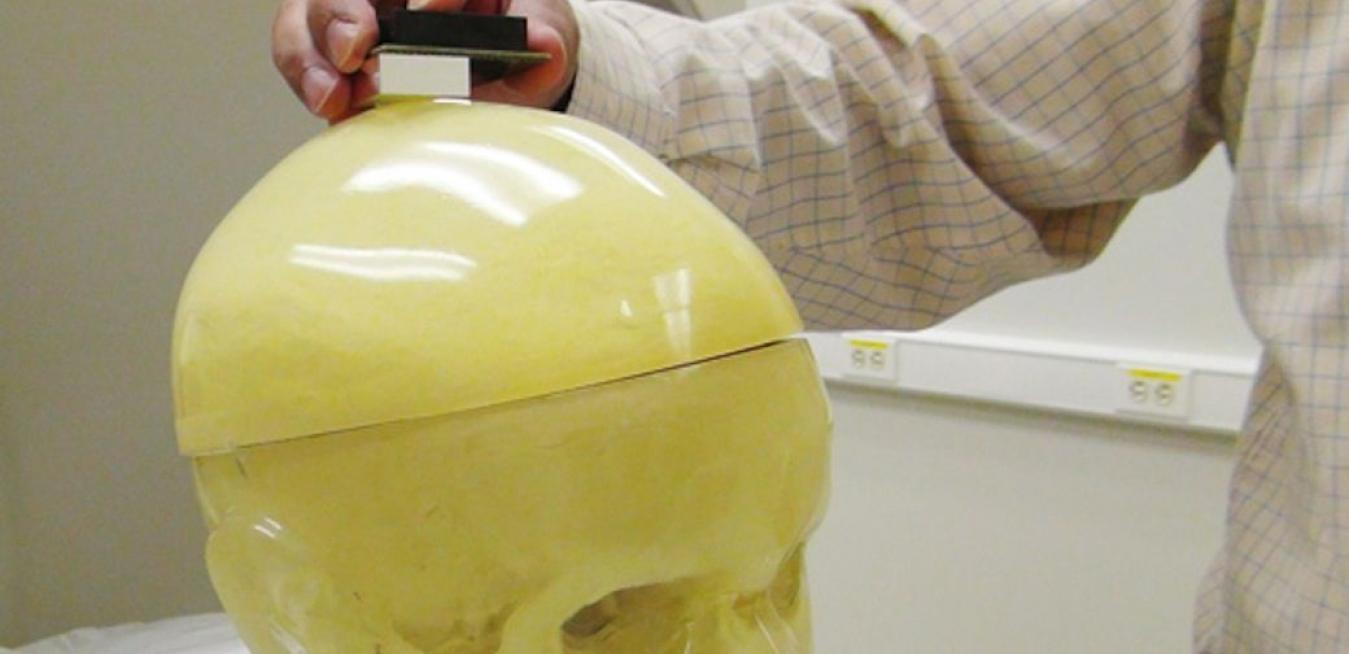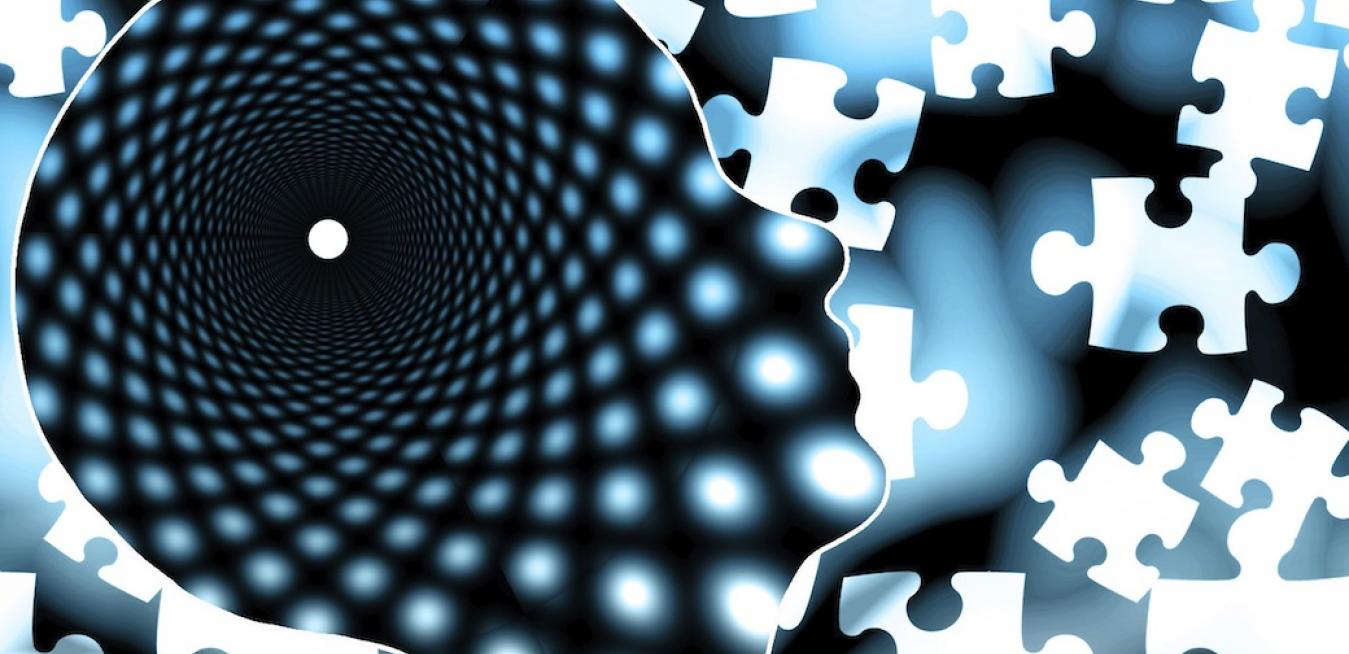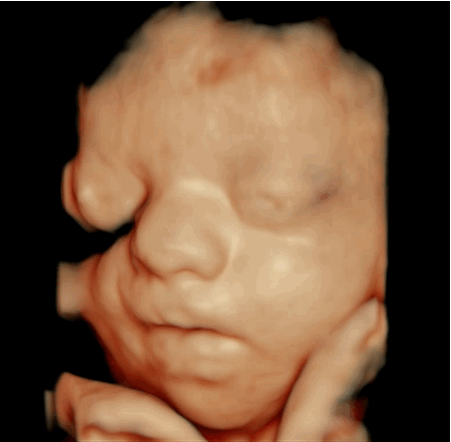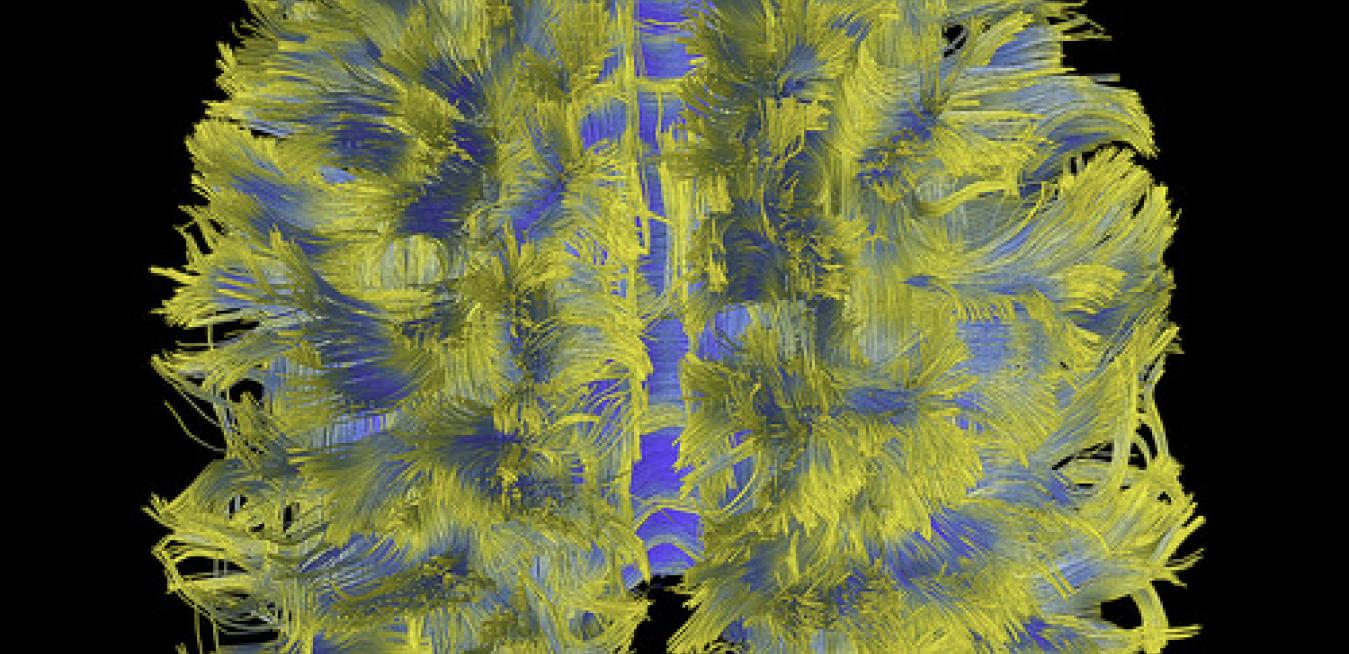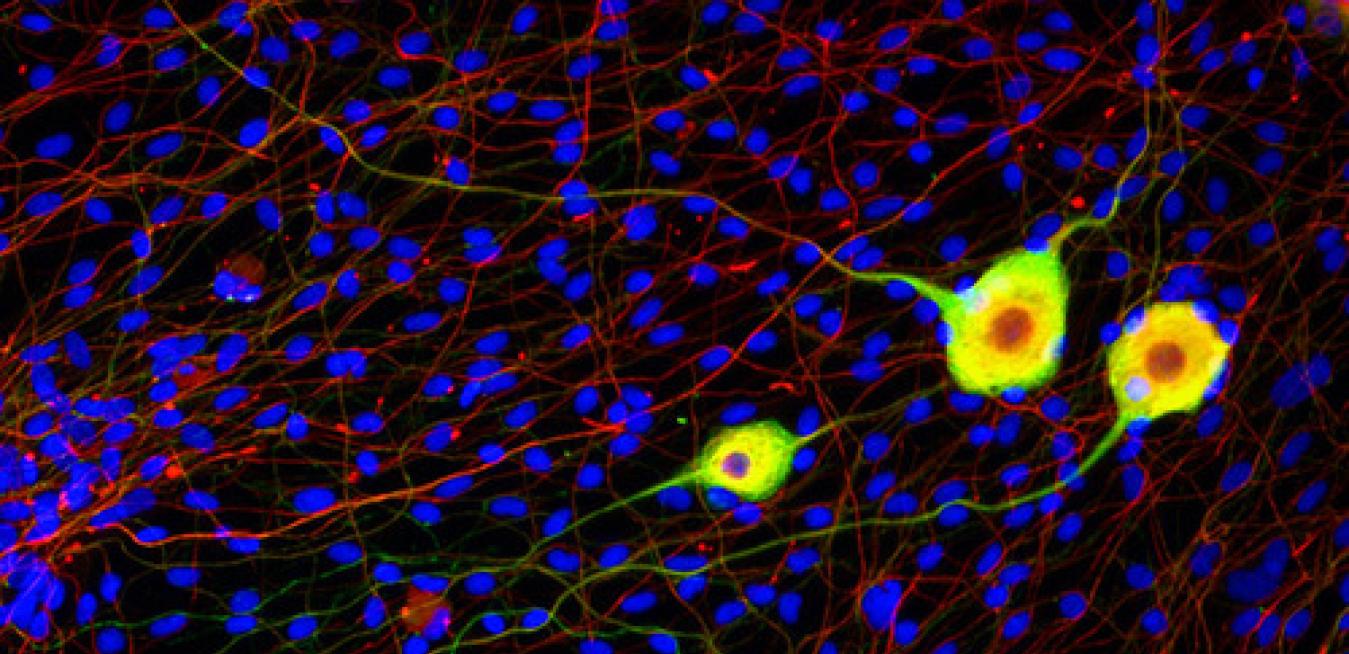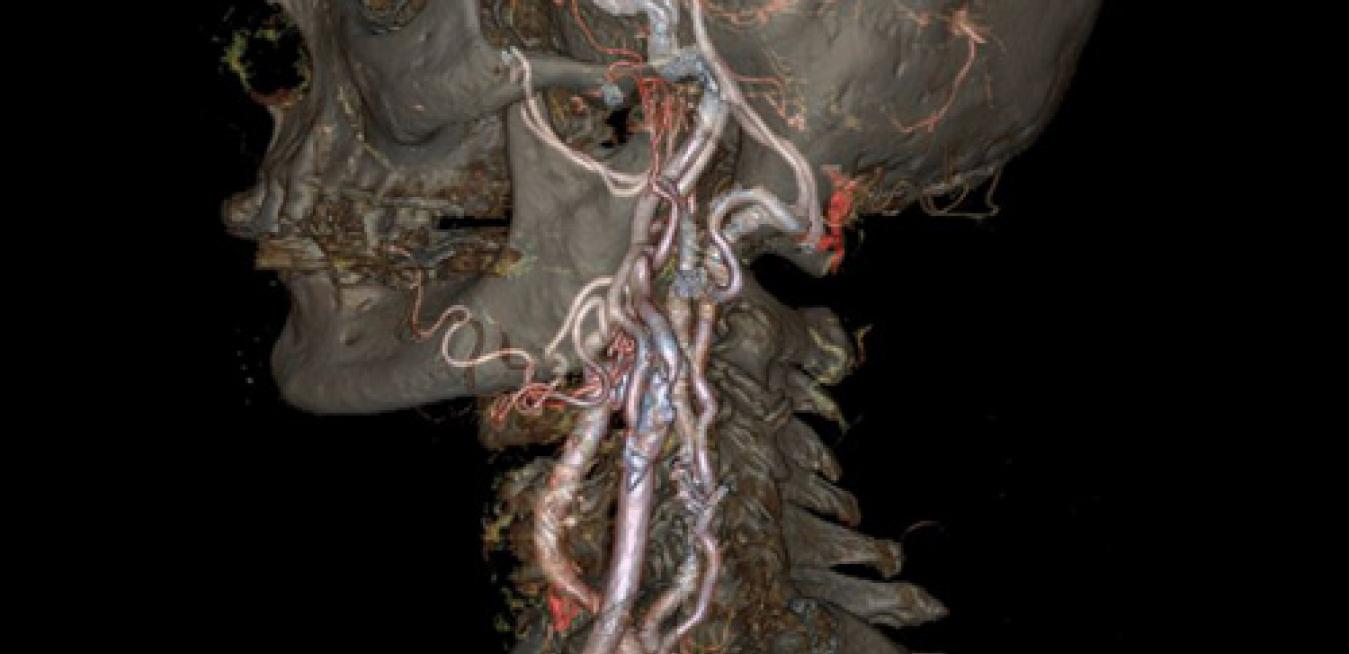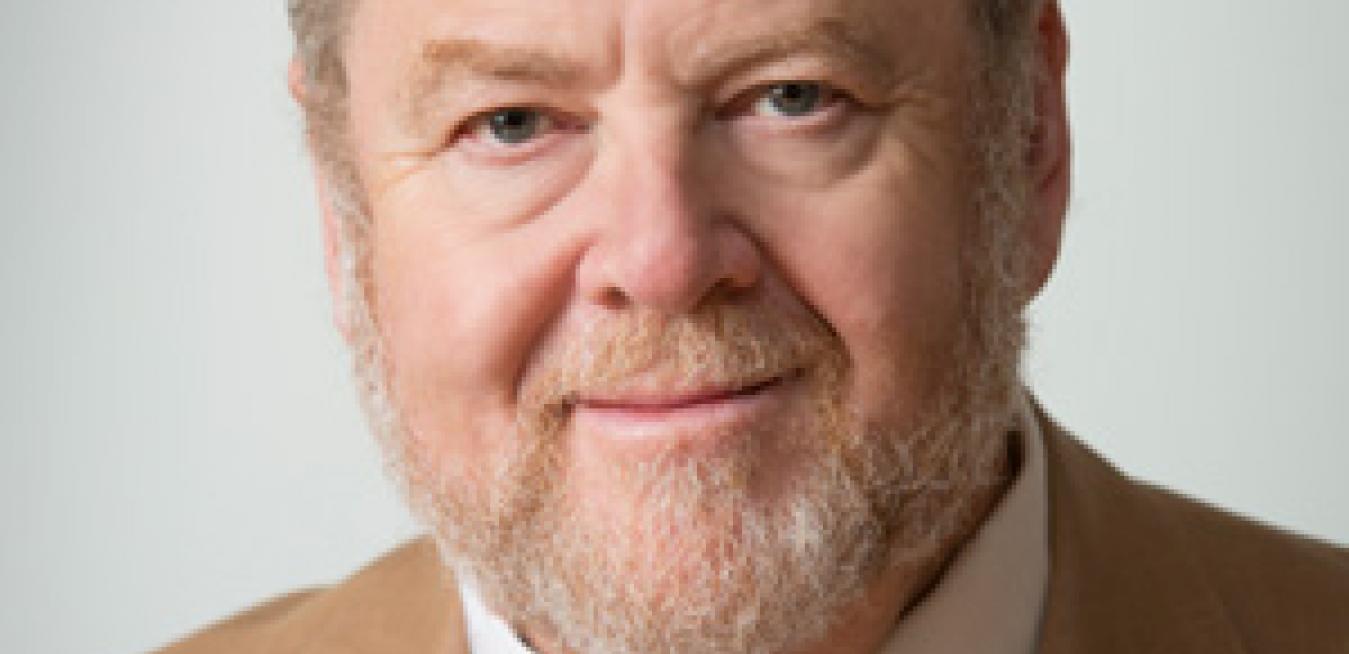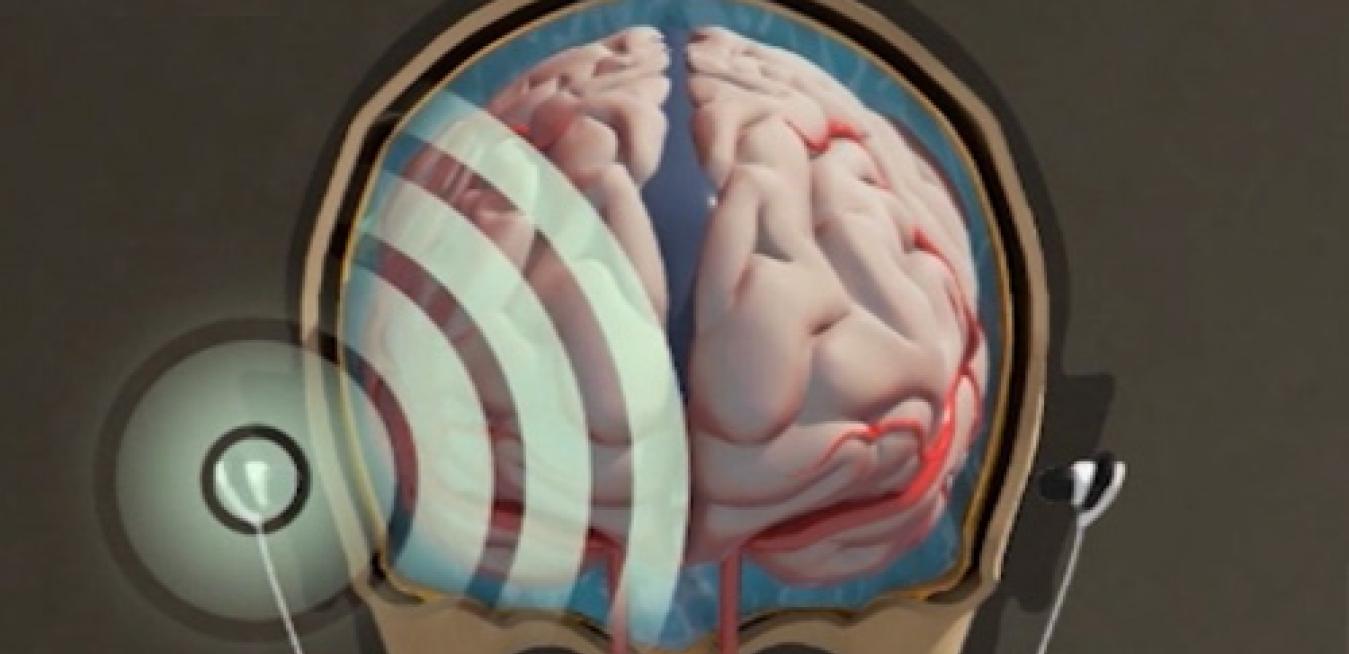Working in the late 1700s, Spallanzani showed that blindfolded bats could still catch flies and find their way around. But they failed miserably when he sealed up their ears. His discovery of the bat’s “sixth sense,” called echolocation, launched the science of ultrasound.
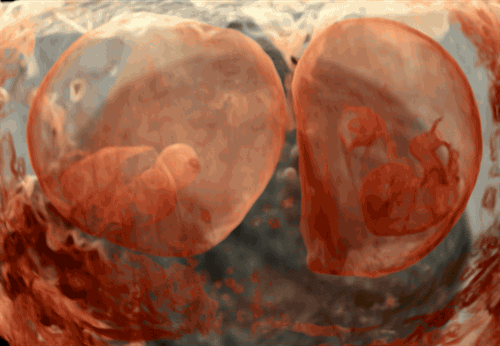
Three decades ago, engineers at GE research labs in Niskayuna, NY, built one of the first magnetic resonance machines and peered inside a colleague’s head. The result was the world’s first MRI image of the human brain. “This was an exciting time,” says John Schenck, a lead scientist on the project and also the test’s subject. “We worried that we would get to see a big black hole in the center. But we got to see my whole brain.”
On October 7, biologist James E. Rothman received the 2013 Nobel Prize in Physiology and Medicine together with colleagues Randy W. Schekman and Thomas C. Südhof. Rothman is a professor of biomedical sciences at Yale. Over the last decade he has served as a senior advisor to GE Global Research in Niskayuna, NY. He is also a former chief scientist at GE Healthcare. GE Reports managing editor Tomas Kellner talked to Rothman last week about his discovery, innovation, and GE.
GE is helping the Georgia Tech Research Institute develop a wearable wireless network of sensors and computers that could assist doctors in dealing with brain injuries caused by roadside bomb blasts.
